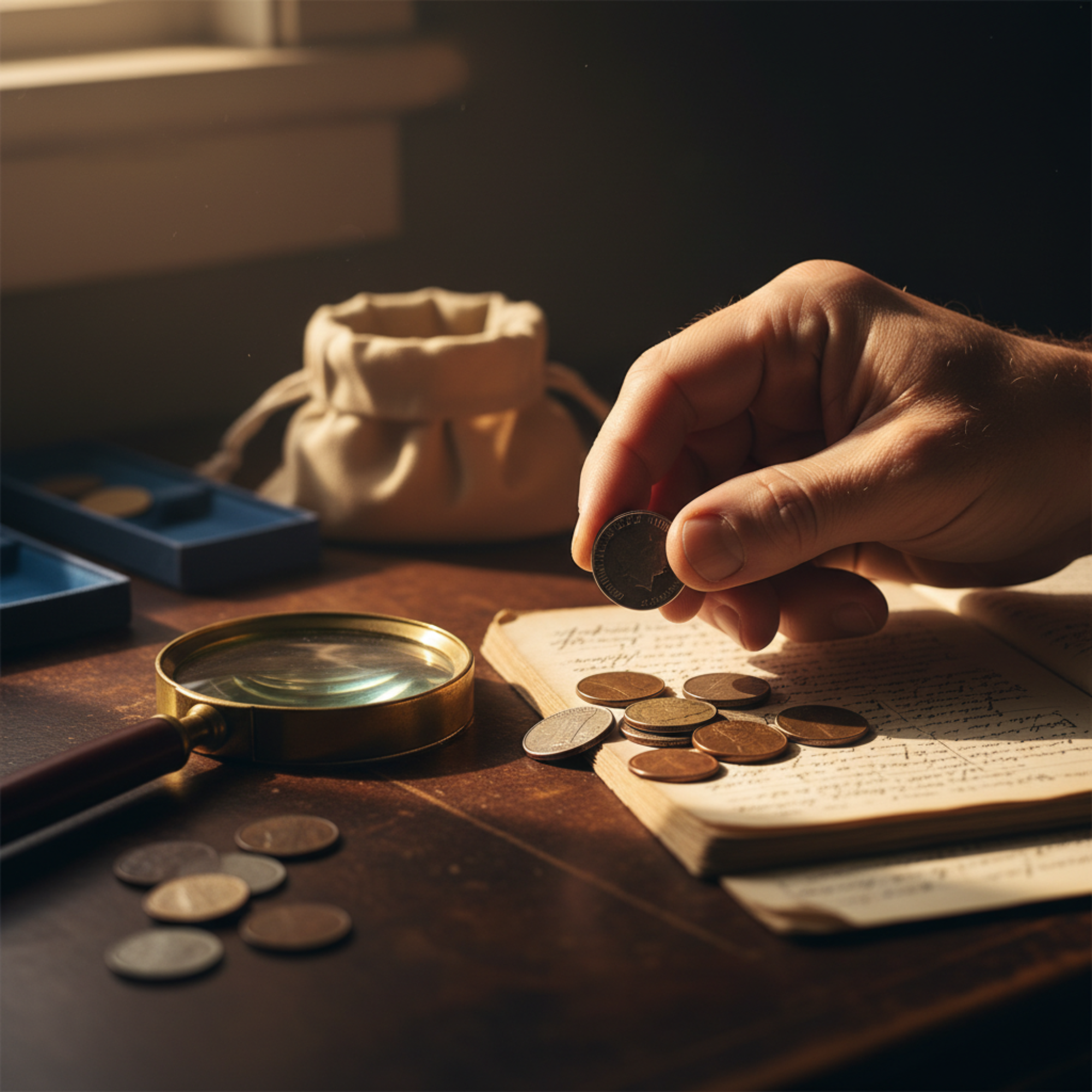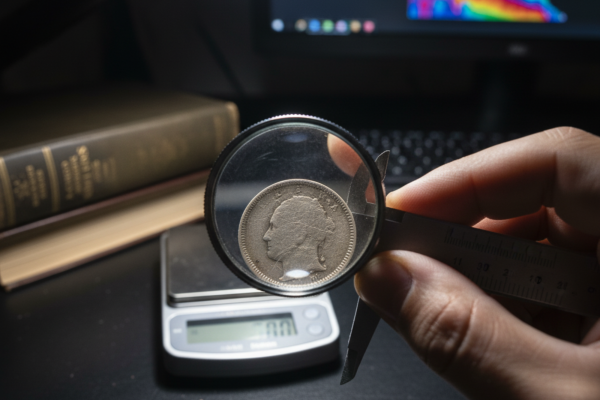From Pocket Change to Portfolio: How to Spot Valuable Coins in Your Spare Change
Have you ever wondered if that handful of change in your pocket could be worth more than its face value?
The truth is, you don’t need to be a seasoned collector to find a hidden gem.
Rare and valuable coins are still in circulation, waiting to be discovered by a keen eye. At Keywell Collectibles, we believe that everyone has the potential to unearth a piece of history from their spare change. This guide will walk you through the basics of what to look for, turning your loose change into an exciting treasure hunt.
What Makes a Coin Valuable?
Several factors can make a coin valuable, but the most common are rarity, condition, and errors. A coin might be rare due to a low mintage (the number of coins produced in a particular year), a specific mint mark, or a unique historical significance. The condition of a coin, often referred to as its “grade,” also plays a crucial role. A well-preserved coin with minimal wear and tear will almost always be more valuable than a heavily circulated one.
Key Dates and Mint Marks to Look For
One of the easiest ways to spot a valuable coin is to check its date and mint mark. The mint mark, a small letter on the coin, indicates where it was made. Here are a few well-known examples to keep an eye out for:
- 1909-S VDB Lincoln Cent: This is one of the most famous rare coins in American history. The “S” indicates it was minted in San Francisco, and the “VDB” are the initials of the designer, Victor David Brenner.
- 1955 Doubled Die Lincoln Cent: This coin features a noticeable doubling of the date and lettering, making it a highly sought-after error coin.
- 1932-D and 1932-S Washington Quarters: These were the first Washington quarters ever minted, and the ones from Denver (D) and San Francisco (S) had very low mintages.
- State Quarters with Errors: The state quarter series, which ran from 1999 to 2008, produced several interesting and valuable error coins. Look for the 2004-D Wisconsin “Extra Leaf” quarter or the 2005-P Minnesota “Doubled Die” quarter.
Don’t Overlook Silver
Before 1965, dimes, quarters, and half-dollars were made of 90% silver. These coins are valuable for their silver content alone. A quick way to check is to look at the edge of the coin. If you see a solid silver stripe, you’ve likely found a pre-1965 silver coin. If you see a copper-colored stripe, it’s a newer, non-silver coin.
The All-Important Rule: Never Clean Your Coins
It might be tempting to polish a dirty or tarnished coin to make it look shiny and new, but this is one of the biggest mistakes a new collector can make. Cleaning a coin can strip it of its natural patina and create tiny scratches on the surface, which can drastically reduce its value. Collectors prefer coins in their original, unaltered state. So, no matter how dirty a coin may seem, resist the urge to clean it.
What to Do if You Think You’ve Found Something Valuable
If you believe you have a valuable coin, the next step is to get it professionally appraised. At Keywell Collectibles, we have years of experience in evaluating coins of all types. We can help you determine the authenticity, grade, and value of your find. Whether you’re looking to sell your coin, add it to your collection, or simply learn more about its history, we’re here to help.
Turn Your Pocket Change into a Passion
Coin collecting is a rewarding hobby that can be both educational and profitable. The next time you have a handful of change, take a moment to look a little closer. You might be holding a piece of history worth far more than you think.
Ready to take the next step in your collecting journey? Whether you have a single coin or an entire collection, our team at Keywell Collectibles is ready to provide you with a fair and accurate appraisal.




